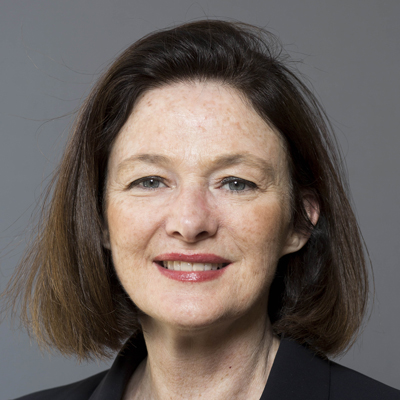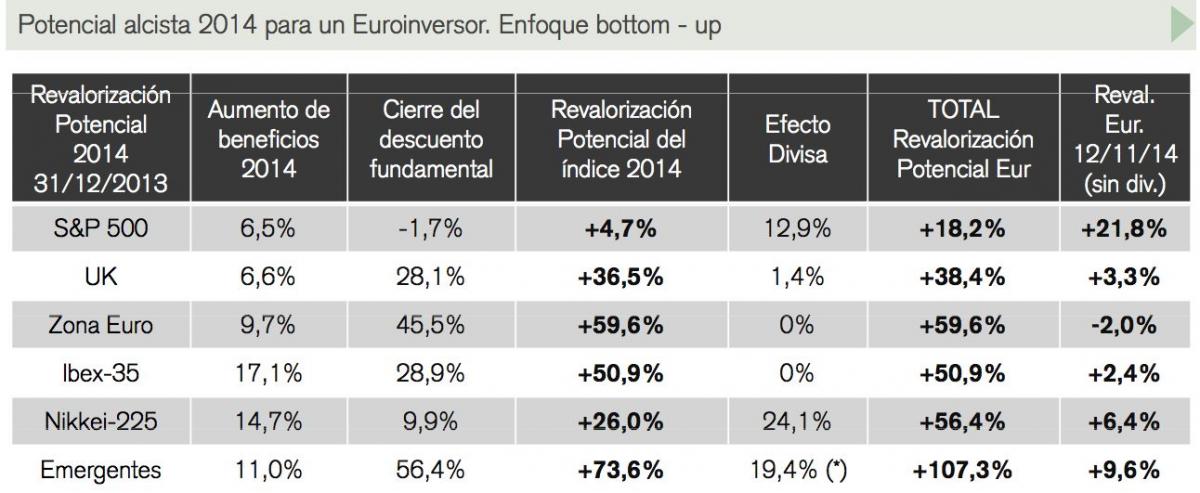Invertir en línea con los principios de la Iglesia Católica
| Por Alicia Miguel | 0 Comentarios

Desde Rerum Novarum, la encíclica del Papa León XIII publicada en 1891, hasta Laudato Si’ del Papa Francisco, la Iglesia Católica no ha cesado de reflexionar sobre el papel de las finanzas y ha construido de manera progresiva un cuerpo doctrinal sobre esta cuestión. La Doctrina Social de la Iglesia afirma que sólo el desarrollo humano integral y respetuoso con la persona y con el bien común es creador de valor verdadero.
Atendiendo a estos principios doctrinales, y a iniciativa de la Conferencia Episcopal de Francia (CEF), en 2008 lanzamos el fondo E.T.H.I.C.A. para ofrecer a las diócesis la posibilidad de seguir los Principios de la Iglesia a la hora de invertir en renta variable de la zona euro.
E.T.H.I.C.A. integra en su proceso de inversión las llamadas ‘Ethical Benchmarks for the Financial Management of Church’s Assets’ (referencias éticas para la gestión financiera de los activos de la Iglesia), elaboradas de conformidad con la Doctrina Social de la Iglesia y aprobadas por el Consejo de Asuntos Económicos, Sociales y Jurídicos de la CEF en 2007. El fondo aplica una serie de filtros específicos. Además de las exclusiones tradicionales (armas controvertidas, pornografía, juego o tabaco), las compañías se seleccionan según principios como el respeto a los derechos humanos y a la vida, la promoción de la paz y el respeto de los derechos fundamentales del trabajo.
La estrategia sigue los principios de la Doctrina Social de la Iglesia para proteger las inversiones frente a prácticas que supongan un riesgo ético, pero también para premiar a las empresas con mejores comportamientos morales adoptando un enfoque ético en la selección de valores. Estas normas se tienen en cuenta a la hora de evaluar y calificar los perfiles éticos de las empresas de dos formas concretas.
Por un lado, se integran en el análisis cualitativo y fundamental, puesto que el análisis y la selección de valores constituyen el núcleo central de nuestro proceso de inversión ética. Por otro lado, forman parte de nuestro sistema de calificación cuantitativa, utilizado para detectar las peores prácticas éticas y seleccionar valores que cumplan los requisitos de este fondo. Alrededor del 60% de los valores de nuestro universo de inversión no son admisibles para el fondo.
Los dos primeros principios son de exclusión y se combinan en un filtro de Derechos Humanos aplicado al inicio del proceso para excluir las peores prácticas éticas así como actividades controvertidas concretas. Los otros cuatro principios se utilizan para puntuar cuatro ámbitos de análisis (medioambiental, social, de gobierno corporativo y de comportamiento de mercado), y constituyen nuestro filtro ético para seleccionar los valores admisibles.

Rentabilidad del fondo. Fuente: Allianz GI
Buscamos dos perfiles de compañías. En primero lugar, las empresas que catalogamos como creadoras de valor, las «mejores de su categoría» en términos de factores ASG y de posicionamiento ético, con capacidad para generar beneficios estables a largo plazo. Generalmente presentan modelos de negocio sólidos y elevadas barreras de entrada (con capacidad de generación de flujos de caja estables y baja volatilidad). El segundo tipo está representado por empresas en transformación, que realizan «esfuerzos notables» en términos de posicionamiento ASG y ético, y cuyo objetivo es mejorar en un horizonte de tres años. Esta mejora puede deberse a una adquisición, a la venta de activos o a un giro sustancial en la estrategia con un cambio en el equipo directivo.
E.T.H.I.CA. se centra en empresas que se benefician de tendencias positivas a largo plazo –concretamente, aquellas relacionadas con retos de desarrollo sostenible, como, por ejemplo, la transición climática o la protección a los consumidores– que se corresponde con una dinámica de crecimiento relativamente desvinculada de los ciclos económicos. Para cualquier decisión de inversión, uno de los criterios fundamentales que tiene en cuenta el equipo gestor es la capacidad de la empresa de generar rentabilidades sostenibles a largo plazo.

Desde el lanzamiento del fondo ha existido una estrecha colaboración entre el equipo de inversión de E.T.H.I.C.A. y la CEF para garantizar que los principios éticos se traducen e integran en el proceso de inversión de forma óptima. Por ejemplo, la sensibilidad especial con la corrupción se ha traducido en el afianzamiento de este criterio, y la definición de actividades controvertidas ha brindado la oportunidad de debatir profundamente los aspectos relacionados con el respeto a la vida.
Tras más de diez años de existencia, y a pesar de haber sido lanzado en plena crisis financiera, el balance del fondo E.T.H.I.C.A. es más que positivo en términos de rentabilidad. De esta forma, hemos podido poner en valor las reservas financieras de las instituciones eclesiásticas, asegurando al mismo tiempo la coherencia con los Principios de la Doctrina Social de la Iglesia.
Tribuna de Christine Clet-Messadi, gestora del fondo E.T.H.I.C.A. de Allianz Global Investors




![Octubre Acumulado Últimos 12 meses Promedio anual últimos 36 meses Promedio anual Total Activos 2019 Ene 2019- Octubre 2019 Noivembre 2018- Octubre 2019 Noviembre 2016- Octubre 2019 Sep 2002- Ocrubre 2019 MMUS$ Tipo A 1,41 12,85 11,76 7,09 6,37 28.046 Más riesgoso Tipo B 0,24 11,88 11,56 6,23 5,49 33.115 Riesgoso Tipo C -1,25 12,66 13,52 6,02 5,2 73.878 Intermedio Tipo D -2,73 12,15 13,32 5,16 4,74 39.447 Conservador Tipo E -3,26 9,00 10,46 4,26 4,06 39.844 Más conservador Sistema 214.330 [1] Considera como valor cuota inicial el correspondiente al 26 de septiembre de 2002, fecha de inicio de los multifondos. Fuente: Superintendencia de pensiones chilena](http://localhost/fundsdevmoo/wp-content/uploads/2019/11/datos-fondos-octubre.png)





